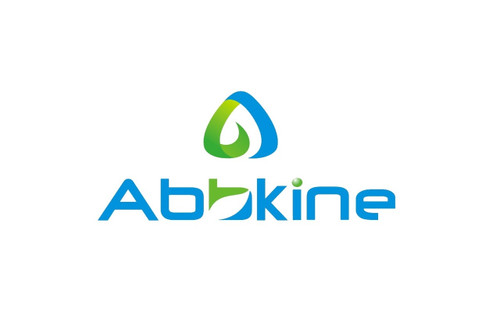Product Description
Human Bone morphogenetic protein 15 (BMP-15/GDF-9B) ELISA Kit | AE63036HU | Abebio
Species Reactivity: Human (Homo sapiens)
Abbreviation: BMP15
Alternative Name: GDF9B; ODG2; POF4; growth/differentiation factor 9B
Application: ELISA
Range: 31.25-2000 pg/mL
Sensitivity: 11.9 pg/mL
Intra-Assay: ≤4.5%
Inter-Assay: ≤8.9%
Recovery: 0, 95
Sample Type: Serum, Plasma, Other biological fluids
Detection Method: Sandwich
Analysis Method : Quantitive
Test Principale: This assay employs a two-site sandwich ELISA to quantitate BMP15 in samples. An antibody specific for BMP15 has been pre-coated onto a microplate. Standards and samples are pipetted into the wells and anyBMP15 present is bound by the immobilized antibody. After removing any unbound substances, a biotin-conjugated antibody specific for BMP15 is added to the wells. After washing, Streptavidin conjugated Horseradish Peroxidase (HRP) is added to the wells. Following a wash to remove any unbound avidin-enzyme reagent, a substrate solution is added to the wells and color develops in proportion to the amount of BMP15 bound in the initial step. The color development is stopped and the intensity of the color is measured.
Product Overview: Bone morphogenetic protein 15 is a member of the TGF-β superfamily. It is a paracrine signaling molecule involved in oocyte and follicular development. Using Northern blot analysis, BMP15 has been shown to be exclusively expressed in the ovaries. The protein encoded by this gene is a member of the bone morphogenetic protein family which is part of the transforming growth factor-beta superfamily. The transforming growth factor-beta superfamily includes large families of growth and differentiation factors. It is thought that this protein may be involved in oocyte maturation and follicular development as a homodimer or by forming heterodimers with a related protein, Gdf9. Defects in this gene are the cause of ovarian dysgenesis 2.
Stability: The stability of ELISA kit is determined by the loss rate of activity. The loss rate of this kit is less than 5% within the expiration date under appropriate storage condition. The loss rate was determined by accelerated thermal degradation test. Keep the kit at 37°C for 4 and 7 days, and compare O.D.values of the kit kept at 37°C with that of at recommended temperature. (referring from China Biological Products Standard, which was calculated by the Arrhenius equation. For ELISA kit, 4 days storage at 37°C can be considered as 6 months at 2 - 8°C, which means 7 days at 37°C equaling 12 months at 2 - 8°C) .
 Euro
Euro
 USD
USD
 British Pound
British Pound
 NULL
NULL








